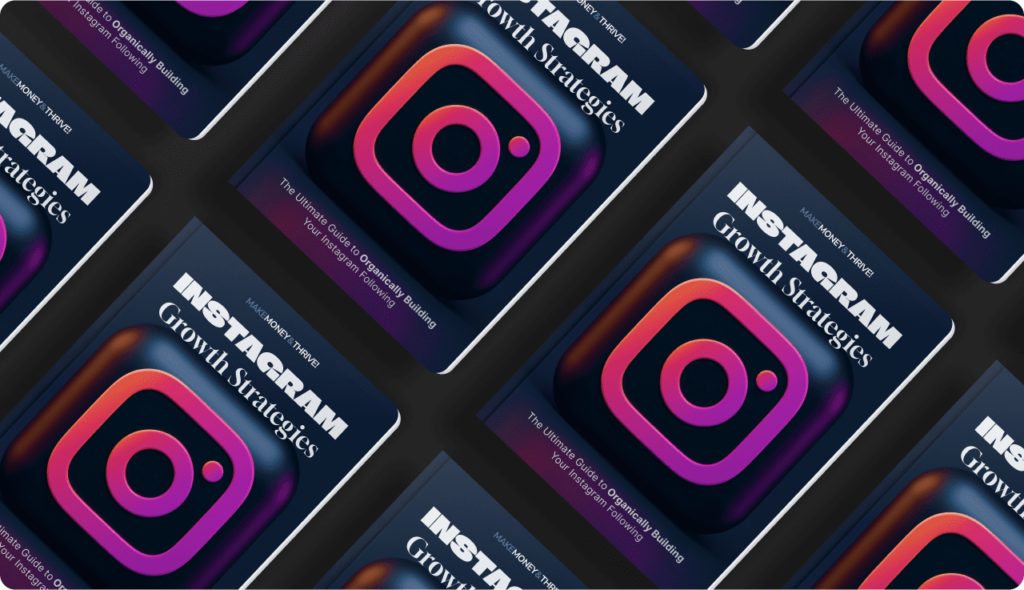The prevalence of online scams is increasing with the rise of the internet. Scammers make various claims to trap victims online, ranging from fake investment opportunities to online stores. The internet allows scammers to operate from any part of the world with anonymity, which makes it crucial to be able to spot online scams as the virtual world is becoming a part of every aspect of our lives. The following tips will assist you in identifying the signs which can indicate that a website could be a scam.
The Deal is Too Good to be True
One of the primary indicators of a scam is if the deal is too good to be true. Scammers offer tempting deals on products that are well-known and desirable, like a Gucci bag or a new iPhone for half the price. Double-check the deal by looking at the same product on competing websites that you trust. If the difference in prices is significant, it might be better to double-check the rest of the website.
Social Media Buttons
Scammers know the importance of social media for e-commerce businesses, and they often insert logos of social media sites on their websites. Scratching beneath the surface often reveals that the functionality is not even working, and the social buttons might lead to the homepage of the website, an empty profile, or nowhere at all. Scammers often use placeholder or rushed text in pages like About Us, Terms & Conditions Shipping Policy, and Returns Policy to give the air of professionalism.
Use of Brand Names
Most fraudulent web shops use brand names like Adidas, Chanel, or Apple in combination with words like ‘discounted’, ‘cheap’, ‘sale,’ and even ‘free’ to attract visitors via search engines. Premium brands rarely or never put their products on sale or offer huge discounts. Scammers often steal content like images and product descriptions from various sources, which can mean that the look of a website can appear unprofessional, with odd-looking formatting or low-resolution pictures.
Trustmarks
Trustmarks are a method for third-party verification for an online store. They indicate security or consumer rights protection, for example. Scammers may use them without permission, meaning they are misusing the logo and misleading you. Legitimate websites have high-quality logos and pictures, as brands want to impress you with their products.
Fake Official Websites
Certain sites will try to trick you into thinking they are the official websites of well-known brands, even though they have no relation to the actual company. Make sure that the domain name (the address of the website) is as expected, especially if clicking a link.
Check the Website on Scamadviser
It is recommended that you check websites on Scamadviser to find out how old the website is and other information, such as how long it has been registered. Domain names which have been registered for short periods of time might be suspicious because scammers don’t invest much money in their websites. They purchase domain names with short validity to keep their costs minimal.
Review Systems
Web shops using well-known consumer review systems are usually a good sign. Check if the review system adheres to the Review Certification Standards, meaning that the web shop cannot delete or edit reviews without proper cause. Websites like Scamadviser, TrustPilot and others allow users to leave reviews which cannot be deleted or edited by companies.
Regulatory Authority
Legitimate businesses have to be registered with the relevant regulatory authority of every country they operate in. It is recommended that you first check your country’s specific business register.
Payment Methods
It is best to use payment methods like credit cards, PayPay, and Alipay which offer consumer protection by allowing consumers to get their money back if the product is not delivered. Payment methods like Western Union, Moneygram, Skrill, and Bitcoin are often untraceable and are favoured by scammers.
Delivery Partners
Check whether the web shop has listed its delivery partners. If a reliable delivery partner is named, this is usually a good sign.
Contact the Company
If in doubt, contact the company via phone, email, or social media. A professional web shop usually replies within hours or a maximum of two working days based on the medium.
Tools to Identify Online Scams
Several tools are available online to help you know if you are being scammed. Every piece of information that someone shares with you online can be checked, including website links, email IDs, phone numbers, addresses, company information, and more.
- ScamAdviser identifies online scams.
- URLscan.io provides a massive amount of technical insights.
- A Whois domain lookup allows you to trace the ownership and tenure of a domain name.
- Reverse image search services enable you to see whether the same image appears on several websites and whether an image has been edited.
- Apps like Sync.me, Truecaller, and Whoscall enable you to screen unknown callers.
- Tools like ScamRanger allow you to report scam text messages and check if a message you received is a scam.
- Deepware is a tool that scans a suspicious video to find out if it’s synthetically manipulated.
When still in doubt, it’s better to be cautious and follow your intuition. If you have doubts, there are plenty of other shops to buy from.
Conclusion
In conclusion, it is essential to be aware of the warning signs of online scams to protect yourself and your finances. Always be cautious when dealing with unfamiliar websites and brands, and double-check the legitimacy of any deals or offers that seem too good to be true. Use reputable payment methods and be wary of sites that use unlicensed trustmarks or logos. By following these guidelines and utilizing online tools, you can protect yourself from online scams and make informed purchasing decisions.
Remember, if in doubt, it’s always better to err on the side of caution and trust your instincts. Stay safe online!


Leave a Reply